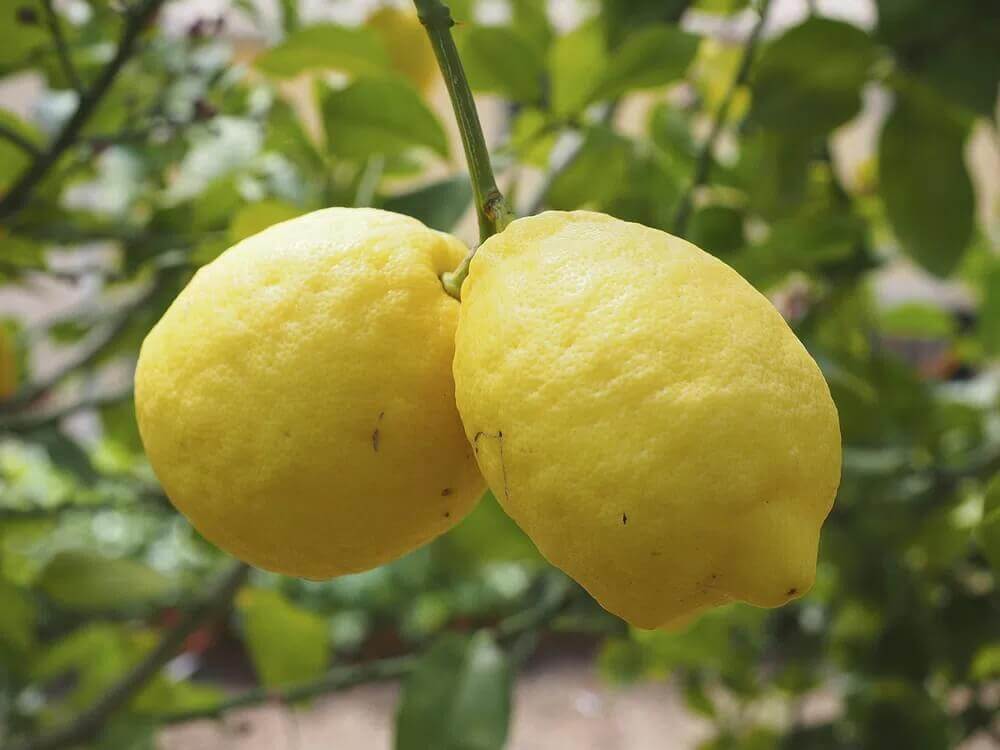How to Prune a Lemon Tree in South Africa for Zesty Success
So how to prune a lemon tree?
In the vibrant world of gardening, where every greenery enthusiast is a superhero, correctly taming a lemon tree can be quite the challenge. An Lemon tree may require some pruning to truly unlock its zesty potential, so you will need to master the art of pruning citrus. In this guide, we will journey through the secrets of pruning a lemon tree in South Africa to ensure it thrives and delivers a bounty of that tangy goodness. So, grab your shears and let’s embark on this citrusy adventure.
The Basics of Lemon Tree Pruning
Before we delve into the actual pruning process its important that you are aware of the basics of pruning lemon trees.
When to Prune a Lemon Tree in South Africa?
What is the best month to trim a lemon tree?
When it comes to pruning lemon trees in South Africa, the key is timing. The ideal period for pruning your lemon tree falls during its dormant phase, typically from late winter to early spring (July to September). The precise timing can vary depending on your local climate, with coastal areas starting a bit earlier and inland regions waiting to avoid late frosts. Pruning during this dormant period helps your lemon tree recover and sets the stage for a productive growing season. Avoid pruning during the scorching summer months, as this can stress the tree. By understanding your local climate and considering the dormancy period, you’ll unlock the secrets of successful lemon tree pruning in South Africa, ensuring a fruitful harvest.
Understanding the Lemon Tree’s Growth Patterns
To become a master pruner for lemon trees, you must decode the intricacies of their growth patterns. These citrus gems display three primary types of growth: new shoots, mature branches, and old branches. Pruning the right way requires knowledge of this trio. New shoots represent the next generation of branches and should be preserved when they grow to a manageable size. Mature branches are the tree’s backbone, and selective pruning can help maintain their health and structure. Old branches, on the other hand, need to retire as they become unproductive. By grasping these growth patterns and knowing which branches to trim or retain, you’re on your way to becoming a lemon tree whisperer and nurturing a robust, fruit-bearing lemon tree.
How to Prune a Lemon Tree – Step by Step
Step 1: Assess Your Lemon Tree Before Pruning
Begin by examining your lemon tree. Identify dead, diseased, or crossing branches for removal.
Step 2: Choose Your Pruning Tools
Get yourself a good pair of pruning shears. Ensure they’re sharp for clean cuts that minimize stress on the tree. It is best to sterilise pruning equipment before and after pruning and especially when moving from one plant to the next.
Step 3: Removing Dead or Diseased Branches
These are prime candidates for pruning. Cut them back to the healthy wood, leaving no stumps. You can add a sealant on pruned branches to help them heal healthily and avoid disease buildup.
Step 4: Thinning the Lemon Tree Canopy
Promote air circulation and light penetration by thinning out crowded areas of the canopy. Remove branches growing towards the tree’s center.
Step 5: Prune to Shape the Lemon Tree
Encourage a desirable shape by trimming back branches that obstruct its form. Aim to achive a cup shaped plant structure and encourage new growth to form outwards away from the centre of the plant. Lemon trees grow best with a single stong base stem. Lemon trees can be gently shaped by pruning back branches that disrupt their desired form.
Step 6: Avoiding Drastic Pruning
Prune conservatively, keeping the “less is more” mantra in mind. Lemon trees dislike severe trimming so make sure you don’t remove too much of the plant at a time. Moderation is key; lemon trees are not fans of drastic pruning, so it is best proceed with care.
.
Info and Tips When Pruning Lemon Trees
What not to do when pruning a lemon tree?
Never engage in overzealous pruning. Lemon trees have a delicate balance, and excessive pruning can lead to fewer fruits. Avoid leaving large, open wounds on the tree, as this can invite pests and diseases.
Gardeners should practice moderation when pruning lemon trees, steering clear of over-zealous trimming.
Why should I prune my lemon tree?
Pruning serves various purposes. It removes dead or diseased branches, helps shape the tree, and promotes air circulation and light penetration, resulting in healthier growth and higher fruit production.
Pruning provides multiple benefits, including disease prevention, tree shaping, and increased fruit production.
Interesting Information about Lemon Trees
Lemon Trees Are Evergreen: Lemon trees are known for their lush, green leaves that remain vibrant throughout the year, earning them the title of evergreen trees. This means you can enjoy their beauty even during the colder months.
Origin of Lemon Trees: Lemon trees are believed to have originated in northeastern India. They were introduced to the Mediterranean region by the Arabs in the 10th century and later made their way to South Africa. This journey provides insight into the adaptability of lemon trees to various climates.
Citrus Limon: The scientific name for the lemon tree is Citrus limon. These trees belong to the Rutaceae family and are closely related to other citrus fruits like oranges and grapefruits.
Thorny or Thornless: Lemon tree varieties can be thorny or thornless, depending on the cultivar. Thornless varieties are favored by many gardeners for their ease of care and harvesting.
Year-Round Fruit Production: Lemon trees are known for their ability to produce fruit year-round in regions with mild climates. However, their peak season is usually in the winter and spring months.
Lemon Tree Blossoms: Lemon trees produce fragrant, white or pale pink blossoms, which eventually give way to the fruit. These blossoms are not only beautiful but also attract pollinators to your garden.
Rich in Vitamin C: Lemons are celebrated for their high vitamin C content. They’re a great source of this essential nutrient, which provides numerous health benefits.
Versatile Use: Lemons are versatile and can be used in cooking, baking, beverages, and even cleaning. They add a zesty flavor to dishes, and their juice can serve as a natural cleaning agent.
Anti-Bacterial Properties: Lemon oil and lemon juice are known for their antibacterial and antiseptic properties. They can be used to disinfect surfaces and can also be beneficial for skin and health.
Adaptive and Resilient: Lemon trees are known for their resilience. They can adapt to different climates and soil conditions. When properly cared for, they can flourish in diverse environments.
Additional Resources for Lemon Trees
- How to Grow a Lemon Tree
- How to Transplant a Lemon Tree – Plantinfo.co.za
- Fruits and Berries: How to Prune a Lemon Tree – Plantinfo.co.za
- Garden Problems: Citrus Psylla on Plants – Plantinfo.co.za
- How to Grow Lemons in Containers – Plantinfo.co.za
- Planting a Lemon Tree – Plantinfo.co.za
- Citrus Species – Plantinfo.co.za
- Citrus Limon – Plantinfo.co.za
- How to Grow Lemon Trees – Plantland.co.za
- Grow the best Lemon Tree | Plant Care – Eckarsds garden centre
- Every Garden Needs A Lemon Tree – Thegardener.co.za






























